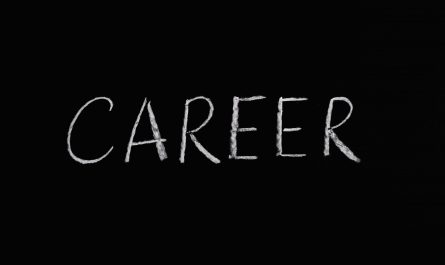Submission Courtesy: Savannah College of Art and Design
Use this guide as a resource for building a portfolio or improving one you’ve already started. Keep in mind that guidelines may vary among different schools and it is important that you tailor your portfolio to each school.
A portfolio is a collection of your strongest artistic work that is presented as professionally as possible and demonstrates your talent.
Tips for Building a Strong Portfolio:
• Create artwork early and often.
• Keep a sketchbook or journal to build your creative ideas.
• Take art classes.
• Seek portfolio feedback from peers, teachers, professionals and college representatives.
• Use only original work—don’t borrow images.
• Whenever possible, work from direct observation.
• Experiment with different media and techniques.
• Be prolific; this will give you options later and allow you to be selective when compiling the final portfolio.
Things to Consider
When choosing the works that will represent you in your portfolio, you should select pieces that demonstrate a wide range of artistic skills. Portfolio review committees look for portfolios that indicate a familiarity with and mastery of general artistic concepts:
• Composition: Placement or arrangement of elements in a work.
• Drawing: Demonstration of line weights, mark-making, proportion and medium.
• Design: Overall unity achieved by combining elements of art and principles of design.
• Value: Relative darkness or lightness of a color.
• Spatial perception: Understanding of the spatial relationships of objects, as well as foreground, middle and background.
• Technique: Skillfulness in the use of fundamental methods.
• Color perception: General sensitivity to color and sophistication in its application.
• Originality: Capacity to think independently and transform the predictable; the quality of being new and original.
• Conceptual awareness: Expression of a clear idea and effective use of materials and processes to strengthen the concept.
• Aesthetic awareness: Guiding principle in matters of artistic beauty and taste.
Presentation Counts
Think of your portfolio as a visual interview. Your portfolio must speak for itself. Strong presentation shows work in its best light and indicates your ability to communicate in an effective manner. Pay close attention to the content and presentation of your portfolio.




